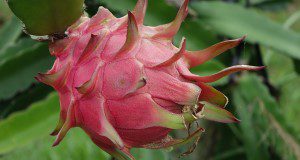Dragon fruit, also known as pitahaya, pitaya, and strawberry pear, is a group of vine-like, climbing cacti. In south Florida, production of dragon fruit has been steadily increasing since the 2000s, and growers in Florida consider dragon fruit as a potential alternative fruit crop to avocado and citrus, two economically important fruit crops largely impacted by laurel wilt and huanglongbing, respectively. This new 4-page article focuses on the symptomology and epidemiology of stem and fruit canker, a prevailing disease on dragon fruit. Suggested management strategies for the disease are also discussed based on recent studies conducted in south Florida. Written by Cheng-Fang Hong, Shouan Zhang, Romina Gazis, Jonathan H. Crane, and Jeff Wasielewski, and published by the UF/IFAS Plant Pathology Department.
https://edis.ifas.ufl.edu/pp355
Tag: Shouan Zhang
Summer Squash Production in Miami-Dade County, Florida
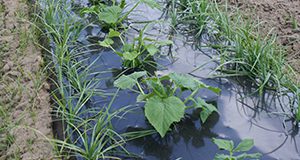
Summer squash is an important vegetable crop in Miami-Dade County. It is grown annually on about 6,000 acres and sold nationwide during the winter in the fresh market. This 16-page fact sheet describes the varieties of summer squash, land preparation and transplanting, what fertilizer to use, irrigation and freeze protection, disease management, insect management, weed management, harvest, and crop rotation. Written by D. Seal, S. Zhang, M. Ozores-Hampton, P. Dittmar, Y. Li, W. Klassen, Q. Wang, and T. Olczyk and published by the Horticultural Sciences Department.
http://edis.ifas.ufl.edu/tr012
Management of Cucurbit Downy Mildew in Florida
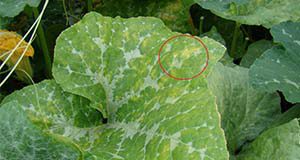
Cucurbit downy mildew is a major disase that affects over 40 species of cucurbits, like watermelon, muskmelon, cucumber, squash, and pumpkin. The classic sign of the disease is the presence of dark sporangia, a structure that holds developing spores, on the underside of infected leaves. As the disease progresses, it may lead to large necrotic areas that cause defoliation and a reduction of yield and marketable fruit. This nine-page fact sheet describes the symptoms and signs, epidemiology and disease cycle, host range and pathotypes, and the ways to manage cucurbit downy mildew. Written by Mason J. Newark, Mathews L. Paret, Nicholas S. Dufault, Pamela D. Roberts, Shouan Zhang, Gary E. Vallad, Josh Freeman, and Gene McAvoy, and published by the Plant Pathology Department.
http://edis.ifas.ufl.edu/pp325
Downy Mildew of Basil in South Florida
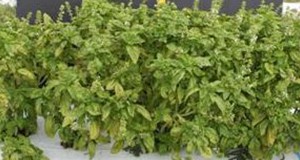
The yellowing of basil leaves could be an indication of the downy mildew of basil disease. This new destructive disease was first detected in south Florida in 2007 and has since spread to at least 42 states in the United States as well as many countries throughout Europe and Africa. This three-page fact sheet describes downy mildew of basil, including its symptoms and ways to control the disease. Written by Shouan Zhang, Jaimin S. Patel, Zelalem Mersha, Pamela D. Roberts, and Richard Raid, and published by the Plant Pathology Department.
http://edis.ifas.ufl.edu/pp271
Pest Management of Peppers in Miami-Dade County, Florida
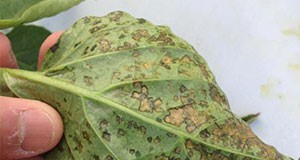
Pest management of peppers in Miami-Dade County is challenging because of a climate favorable to pests. To assist local pepper growers in maintaining crop productivity and improving the quality of produce, this publication illustrates common pests including major diseases and insects and recommends Integrated Pest Management (IPM) techniques, including host resistance, cultivation, sanitation, and physical, mechanical, biological, and chemical approaches, for effective pest management. This 8-page fact sheet was written by Qingren Wang, Shouan Zhang, Dakshina Seal, and Teresa Olczyk, and published by the UF Department of Plant Pathology, February 2015. (Photo: Shouan Zhang)
http://edis.ifas.ufl.edu/pp316
PPP6/PG100 2008 Florida Plant Disease Management Guide: Chemical Control Guide for Diseases of Vegetables, Revision No. 19
Revised! PPP-6, a 108-page publication by Ken Pernezny, Amanda Gevens, Tim Momol, Aaron Palmateer, Natalia Peres, Richard Raid, Pam Roberts, Gary Vallad, and Shousan Zhang, is a guide to lawful use of sprayable chemicals intended for control of plant diseases affecting vegetables grown in Florida. Published by the UF Department of Plant Pathology, September 2008.
http://edis.ifas.ufl.edu/PG100
